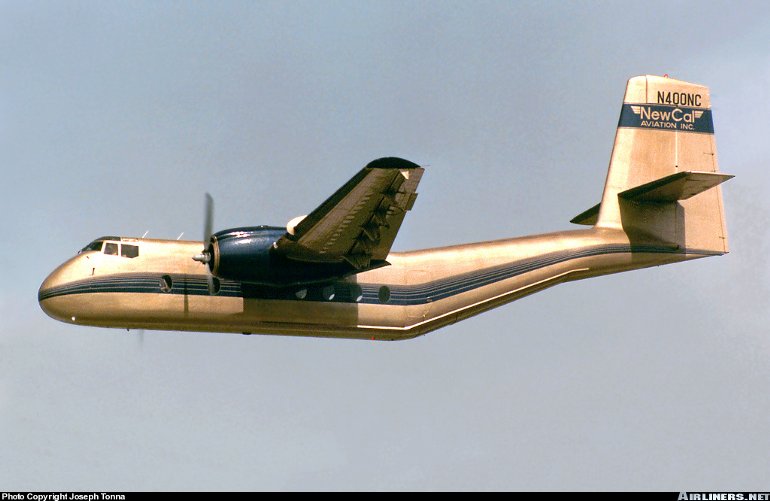Aircraft Technical Data
De Havilland Canada DHC-4 Caribou

| Details | |
| Country of Origin | Canada |
| Type | STOL utility transport |
| History | De Havilland Canada's fourth design was a big step up in size compared with its earlier products, and was the first powered by two engines, but the Caribou was similar in that it is a rugged STOL utility. The Caribou was primarily a military tactical transport that in commercial service found itself a small niche. De Havilland Canada designed the DHC-4 in response to a US Army requirement for a tactical airlifter to supply the battlefront with troops and supplies and evacuate casualties on the return journey. With assistance from Canada's Department of Defence Production, DHC built a prototype demonstrator that flew for the first time on July 30 1958. Impressed with the DHC4's STOL capabilities and potential, the US Army ordered five for evaluation as YAC-1s and went on to become the largest Caribou operator, taking delivery of 159. The AC-1 designation was changed in 1962 to CV-2, and then C-7 when the US Army's CV-2s were transferred to the US Air Force in 1967. US and Australian Caribou saw extensive service during the Vietnam conflict. In addition some US Caribou were captured by North Vietnamese forces and remained in service with that country through to the late 1970s. Other notable military operators included Canada, Malaysia, India and Spain. The majority of Caribou production was for military operators, but the type's ruggedness and excellent STOL capabilities also appealed to a select group of commercial users. US certification was awarded on December 23 1960. AnsettMAL, which operated a single example in the New Guinea highlands, and AMOCO Ecuador were early customers, as was Air America (a CIA front in South East Asia during the Vietnam War era for covert operations). Other Caribou entered commercial service after being retired from their military users. Today only a handful are in civil use as the Caribou's thirsty twin row radial engines make commercial operations uneconomic where its STOL performance is not a factor. Interest in the Caribou could be revived however, as Pen Turbo from Cape May, NJ has made a conversion with Pratt & Whitney PT6A-67T turbine engines with 5-bladed Hartzell propellers, named the DHC-4A Turbo Caribou, and is now offering this modification on the market under a STC (Supplemental Type Certificate). Apart from the engines, several upgrade possibilities are available. |
| Powerplants | DHC-4A - Two 1080kW (1450shp) Pratt & Whitney R-2000-7M2 14 cylinder twin row radial piston engines driving three blade propellers. |
| Performance | DHC-4A - Max speed 347km/h (187kt), normal cruising speed 293km/h (158kt). Initial rate of climb 1355ft/min. Service ceiling 24,800ft. Range with max payload 390km (210nm), range with max fuel 2105km (1135nm). |
| Weights | DHC-4A - Basic operating 8293kg (18,260lb), standard max takeoff 12,930kg (28,500lb), military overload max takeoff 14,195kg (31,300lb) |
| Dimensions | Wing span 29.15m (95ft 8in), length 22.13m (72ft 7in), height 9.68m (31ft 9in). Wing area 84.7m2 (912sq ft). |
| Capacity | Flightcrew of two. Can carry almost four tonnes (8000lb) of cargo in freighter configuration, or seat approximately 30 passengers. |
| Production | Caribou production ended in 1973 after 307 had been built, most of which were for military customers. A small number survived in commercial service in 2000 in North America (incl Alaska). |
| Related Links | De Havilland Canada DHC-4 Caribou |
The backbone of this section is from the The International Directory of Civil Aircraft by Gerard Frawley and used with permission. To get your own copy of the book click here. |
|








